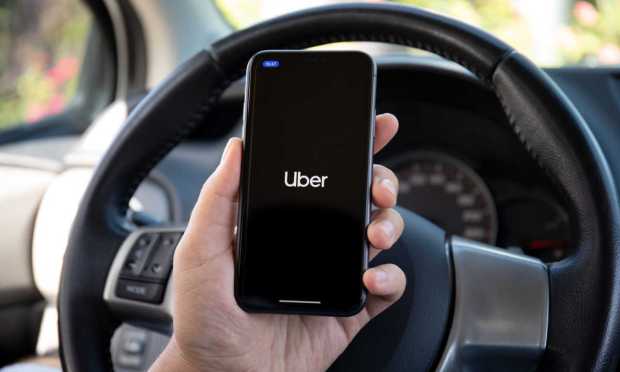Uber Says 70% of New Drivers Signed Up to Beat Inflation

As Uber reported its third-quarter earnings, CEO Dara Khosrowshahi had a pointed stat that spoke volumes about the gig economy in general and the mobility/delivery platform’s allure in particular:
More than 70% of drivers in the U.S. “are saying that one of the considerations of their signing up to drive on Uber was inflation.”
To that end, drivers continue to flock to the platform, with an eye on the flexibility and income boost that driving across various verticals on the platform gives them as the demand side of the equation continues to be robust. The number of drivers in the U.S., Khosrowshahi said, has now about 80% recovered versus 2019; monthly active riders now exceed 2019’s levels.
The CEO painted a picture during the call where drivers’ onboarding onto the platform “helps them afford their groceries, be more comfortable in an environment where real wages are fairly weak as it relates to the inflationary environment.”
Earnings from the company’s drivers, or “earners,” said Khosrowshahi, on a global basis were $10.8 billion, up 25% and to an all-time high on a global basis.
Lower Driver Churn
The technology inherent in the platform has been an important factor as well, said Khosrowshahi, as upfront fare pricing has been “a big positive” for driver satisfaction and driver churn is down 20%. The hours these same earners are driving are up 16% on a year to year basis.
At the same time, the cross-pollination is in evidence on the platform, as 10% of users who have used Uber for delivery orders have also seen ordering across new verticals and delivery gross bookings surged by 19%. As he said on the call, consumers who are embracing delivery are also buying groceries — and they are also opting to use the key mobility options too.
To that end, the core ride-hailing business saw its number of trips during the quarter grow by 19% to just under 2 billion, which was tied to a monthly user tally that jumped 14% year on year to 124 million.
As he said, “Cities are reopening, travel is booming and more broadly, a continued shift of consumer spending from retail back to services. We’ve seen these trends continue into the fourth quarter, with October tracking to be our best month ever for Mobility and total company gross bookings.”
During the question and answer session with analysts, with his own commentary that echoed some of what we’ve seen from a slew of other firms (from banks to card companies and beyond), Khosrowshahi said, “We’re not seeing any signs of consumer weakness. And part of it is that the consumer spending is strong and not only is consumer spending strong, but shifting over from retail to services and we are the beneficiary of that.”
The increased interactions cut across income levels as even lower-income riders continue to increase their trip, as measured per rider. Overall the number of trips per MAPC has increased to an average of 5.3, from 5 a year earlier.
“As things are opening up, they are showing absolutely no signs of slowing down,” said the CEO. That includes ordering across the various services, said Khosrowshahi. And the company’s Uber One membership program now has well over 10 million members.
In discussion of the actual classification of the drivers themselves, Khosrowshahi noted that the Labor Department’s proposed changes to gig worker classifications would “effectively return us to the framework during Obama’s presidency, which was a framework in which we grew significantly … the trend is in our favor at this point.” He noted, too, that the company has also been working on a “state by state level” to address worker classification and said, too, that “the road is going to be bumpy.”
